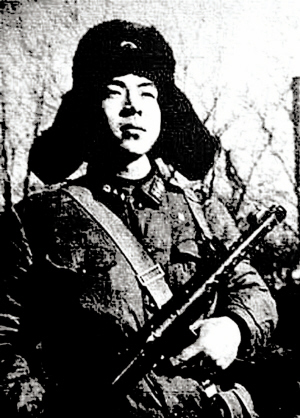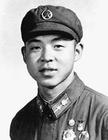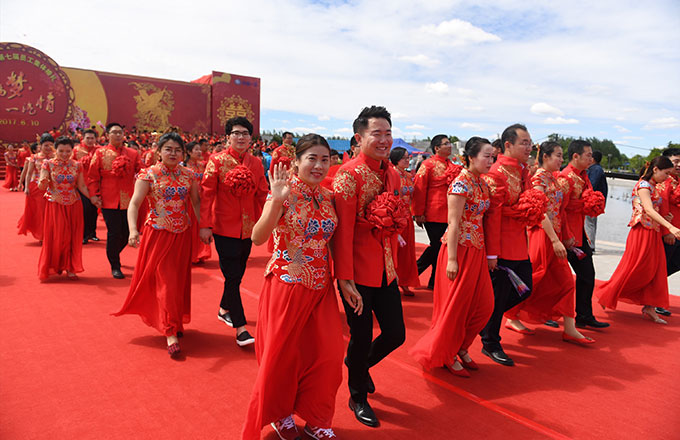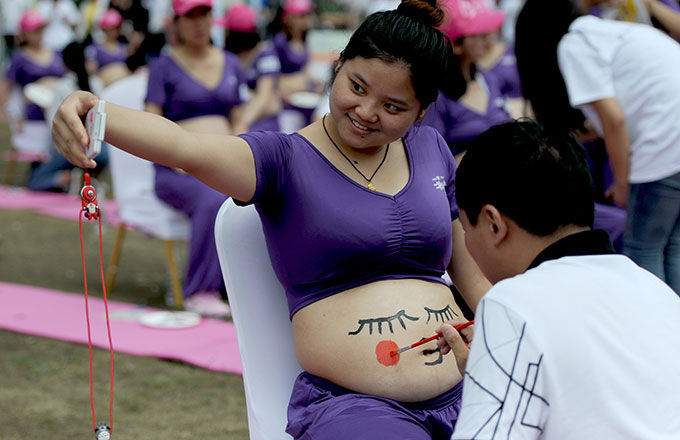Lei Feng
|
Born: December 18, 1940 Died: August 15, 1962 Occupation: Soldier Political Party: Communist Party of China (Joined in 1957) |
Lei Feng was a soldier of the People's Liberation Army (PLA) and is now a household name and cultural icon in China symbolizing selflessness, modesty, and dedication.

Originally called Lei Zhengxing, the former PLA soldier was born on December 18, 1940, to a farming family in Wangcheng, Central China's Hunan province.
Lei was orphaned at 7 and grew up with the help of neighbours. He joined the PLA and the Communist Party of China in 1957.
Lei died in August 1962 at the age of 22, when a telephone pole, struck by an army truck, hit him while he was directing the truck in backing up. Lei had a habit of keeping a diary to detail his deeds and experiences, which was published after his death and disclosed what a good Samaritan he was.
On March 5, 1963, Chairman Mao Zedong initiated the "Learn from Comrade Lei Feng" campaign and encouraged the youth in China to follow his example. March 5 has since become the official "Learn from Lei Feng Day". This day involves various community and school events where people go to clean up parks, schools, and other community locations.
Other Chinese leaders have also praised Lei Feng as the personification of altruism. Leaders who have written about Lei Feng include Deng Xiaoping, Zhou Enlai, and Jiang Zemin.
Lei's name has crept into people's hearts, daily conversation, music, even movies in China; his imagery can be found on cups, T-shirts, bags and memorabilia. There's the Lei Feng Model Bus, Lei Feng Model Student, Lei Feng Class, Lei Feng Nursery, Lei Feng Village, just to name a few.
The term "living Lei Feng" has become a noun (or adjective) for anyone who is seen as selfless, or anyone who goes out of their way to help others.
Lei Feng's story continues to be referenced in popular culture. A popular song by Jilin singer Xue Cun is called "All Northeasterners are Living Lei Fengs". Originally notable only for its use of Northeastern Mandarin, it shot to nationwide fame when it was combined with kitsch animations on the Internet in 2001.
- China issues guidelines to develop 'all-for-one' tourism demonstration zones
- Torrential rain triggers disaster in Southwest China
- Harvest time for wheat reapers in Shanxi
- Over 200 couples marry in Changchun group wedding
- Calligraphy tops other icons of Chinese culture, WeChat data shows




















